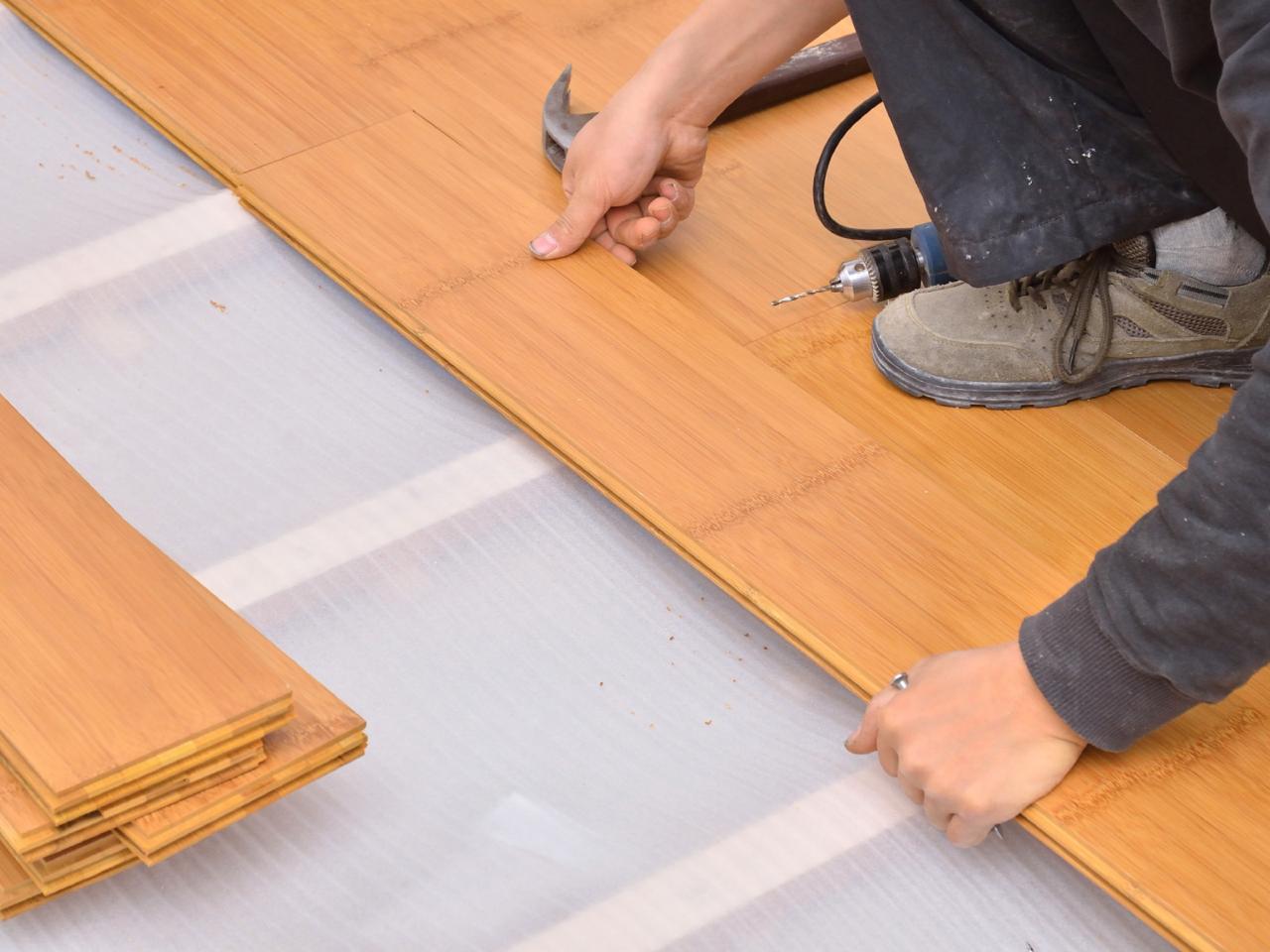Flooring is one of the most fundamental yet crucial considerations a homeowner must make while renovating their house, since it serves as the foundation for everything else. While there are several alternatives, ranging from carpet to terrazzo, one material stands out above the rest: hardwood. However, not all hardwood flooring is made equal, and picking a product is more than just a question of preference. A variety of additional elements can influence both appearance and performance.
Hardwood is, without a doubt, the most popular flooring option among homeowners. Hardwood flooring is sleek, sturdy, and breathable, and it makes a statement in any environment. Unfortunately, one look at the expenses of professional installation may cause you to relegate hardwood flooring to the bottom of your home renovation wish list – but this does not have to be the case.
Choose your Wooden Flooring with Care
There are many various kinds of hardwood flooring, so be sure you get the right one. Hardwood flooring is available in a range of grain patterns, wood species, board widths, and surface treatments. All of these will be essential to you since you want the floor to match your decoration precisely. It’s also crucial to choose whether you want genuine hardwood or manufactured hardwood.
Layout
Installing parallel to the length of the room typically produces the best results. Unless unique sub-floor circumstances exist, it should always be installed perpendicular to the floor joists. While each job is different, it is important to define a core working line for the whole project and refer to that line for all flooring designs. To avoid clustered end joints and repeated patterns, always rack the installation of flooring before placing it. Rack out the entire project to ensure that you have enough flooring to finish it and that the stain color is uniform.
Prepare the Hardwood Installation Area
Begin by removing the baseboards and inspecting the subfloor for levelness and smoothness. You’ll need to install a subfloor if you don’t already have one. Mark the location of the floor joists and lay down underlayment. To prevent moisture and protect flooring and subfloors from spills and water vapor from the ground underneath, use a 15- to 30-pound asphalt-saturated felt, silicone shield, or vapor barrier paper.
Hire an Expert or do it Yourself
If you want to do it yourself, choosing an engineered flooring product that can be floated is usually the quickest and easiest option. Even for seasoned DIYers, installing hardwood that involves staples, nails, or glue can be difficult. If you decide to employ a professional, contact your flooring merchant for a referral to a professional installation with whom they are familiar or who they have previously successfully suggested. This will offer you confidence that your floor is properly placed.
Hardwood planks are available in two finishes: raw, which must be completed by a professional after installation, and prefinished, which comes with the stain and topcoat already applied. Prefinished wood has the advantage of knowing precisely what you’re receiving. You’ll have an identical sample to use in harmonizing your home’s color palette and selecting other design components like fabrics, wall coverings, and cabinets once you’ve chosen a product. Because there is no need to add color or sealer, prefinished flooring takes less time to install.

